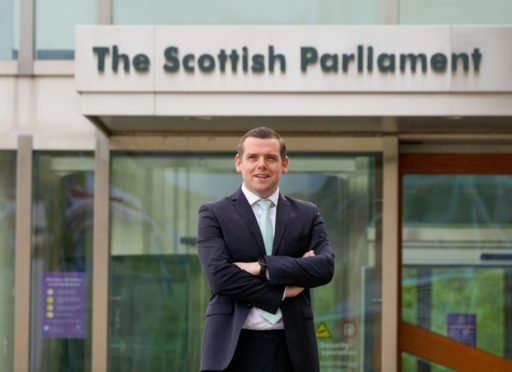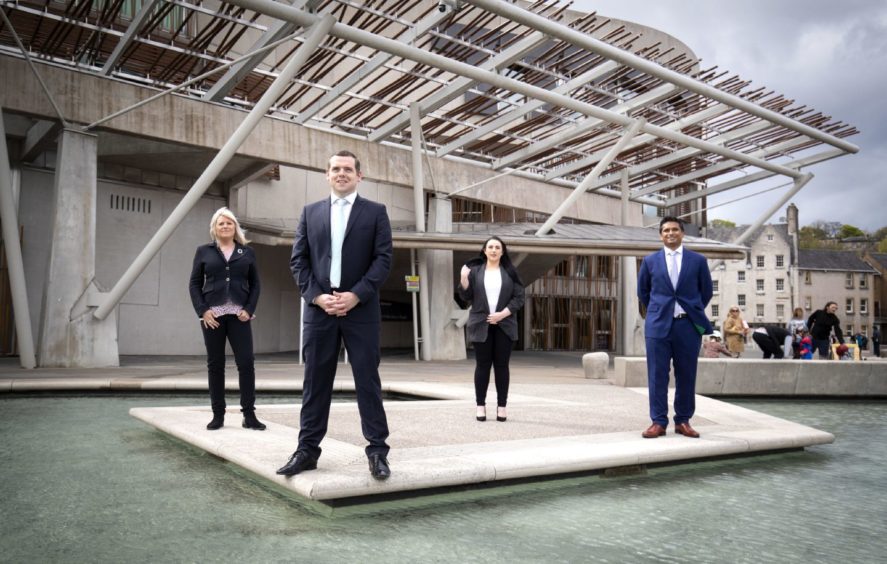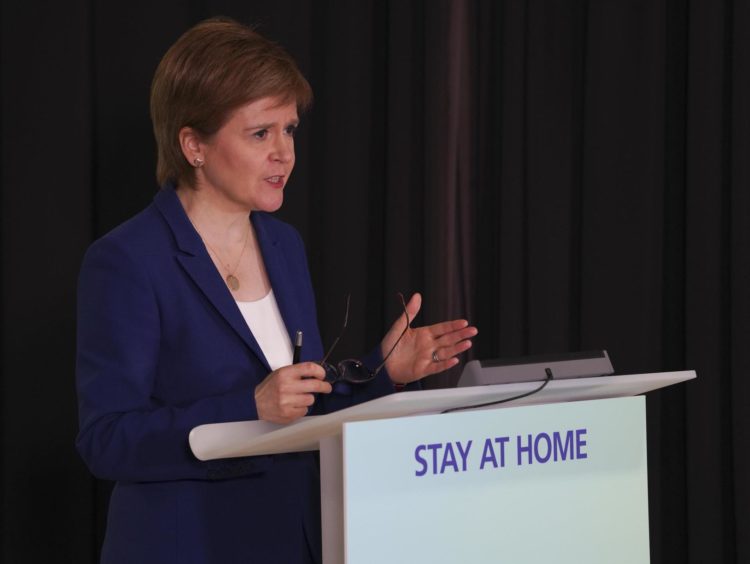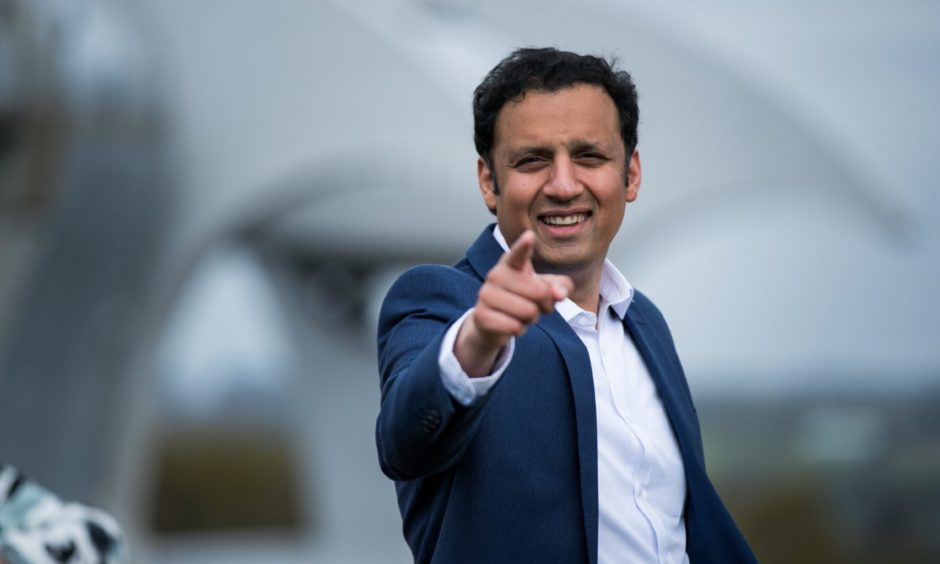Scottish Tory leader Douglas Ross’s claim this week that his party could be a credible government-in-waiting may sound deluded.
And the idea that he sees himself as Scotland’s first Conservative First Minister five years from now seems even more outlandish.
He was not so bold during the election campaign when, as the rookie following in the formidable footsteps of Ruth Davidson, he sounded out of his depth at times.
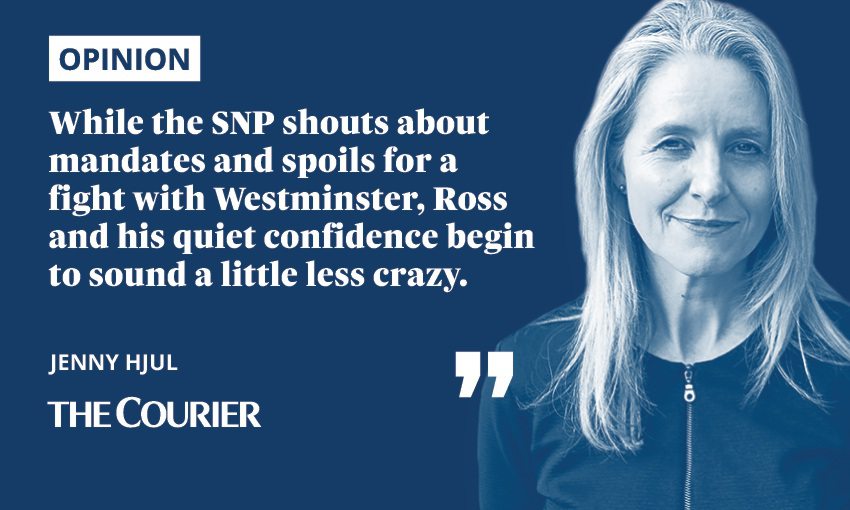
Now, with the results in, and the SNP celebrating a historic fourth term, such talk is surely false bravado from the Moray MP and newly elected MSP for the Highlands and Islands region.
The debate since then has focused with boring predictability on the constitution, with Nicola Sturgeon barely waiting until the polling stations closed before she stopped pretending the election was about anything else but independence.
But while the SNP shouts about mandates and spoils for a fight with Westminster, Ross and his quiet confidence begin to sound a little less crazy.
The @ScotTories have stopped an SNP majority, stopped indyref2 and won more votes than ever before.
Our supporters went to incredible efforts and all their hard work has paid off.
Thank you to everyone who trusted us with their votes. We will not let you down👇 pic.twitter.com/BJ4o5D0cVG
— Douglas Ross MP (@Douglas4Moray) May 9, 2021
From a personal perspective, he has confounded the doubters and delivered the same number of Conservative seats as his predecessor, with a slightly higher percentage of the vote.
And it was Ross who orchestrated the unofficial but nevertheless successful – in some constituencies – tactical voting that was to deprive Sturgeon of her overall majority, and thus her justification for a second referendum.
By relentlessly making the election a battle for the Union, Ross alone among the opposition leaders gave voters a clear-cut alternative to nationalism.
The tactic worked and despite the appeal of Scottish Labour’s charismatic new leader, Anas Sarwar, Labour’s touted overtaking of the Tories for second place never materialised.
In fact, it was Labour that proved disappointing in the end, with two fewer MSPs than in 2016 and a reduced share of the vote.
As things stand, the prospect of any party beating the SNP looks implausible. Ross admitted it will be a long and bumpy road but he believes he can build up support across Perthshire and the north-east.
Has SNP missed its chance?
He said his party must ‘be able to win in every part of Scotland’ and he has already defied the odds by holding back the Nationalist advance.
What are the chances of the SNP ever recovering its momentum if Sturgeon could not capitalise on what were optimum conditions for her party in this election?
She has had on her side the post Brexit fallout, with a massively pro-remain Scotland ripe for conversion to her Eurocentric take on separatism.
Sturgeon has milked the situation, appearing daily on our television screens and shamelessly claiming credit
She has had in Boris Johnson a pantomime villain of a Tory Prime Minister who has driven undecided voters to Nationalist ranks.
And then there has been the Covid bounce. All incumbents have benefited to some extent from their handling of the pandemic, with Johnson in England and Mark Drakeford in Wales seeing a boost for the Conservatives and Labour respectively.
But Sturgeon has milked the situation more, appearing daily on our television screens (courtesy of BBC Scotland) and shamelessly claiming – and getting – the credit for UK bail-out schemes and the brilliance of the vaccine programme.
Take all that away and what are we left with? A party with little to show for its 14 years in power (almost two decades by the next election), having taken its eye off the ball once too often.
On top of this will be an administration with diminished experience as brand new MSPs, replacing veteran ministers, learn the ropes.
Even with all those accumulated years in office, the Nationalists are still unable to answer the most basic questions about how their core policy – independence – will work, what its currency will be, how it will be costed, and how a border between England and Scotland will operate.
Unwitting allies in Labour
Only 12% of the electorate consider a new referendum a top priority, according to a poll last week, and just 37% believe a plebiscite should be held before the end of 2023.
If Ross can turn any SNP grievance about Scottish secession into a question about what exactly independence will entail, even more voters may start to wonder what they saw in Nationalist rule.
Helping the Conservatives, unwittingly, will be Sarwar’s Labour Party. A split in the Unionist vote has, to date, hampered attempts to stop the SNP.
But Labour’s new man is determined to align himself with Sturgeon – no wonder she embraced him (verbally) as a pal in her victory speech – and he has offered to work alongside the SNP.
That is not opposition and people will be confused. But as a strategy it opens up a gap between Labour and the Tories that may grow large enough by 2026 for Ross to climb into.
When Scotland wants a change, it will find one on offer from Ross, if all goes according to plan. Let the fightback begin.
